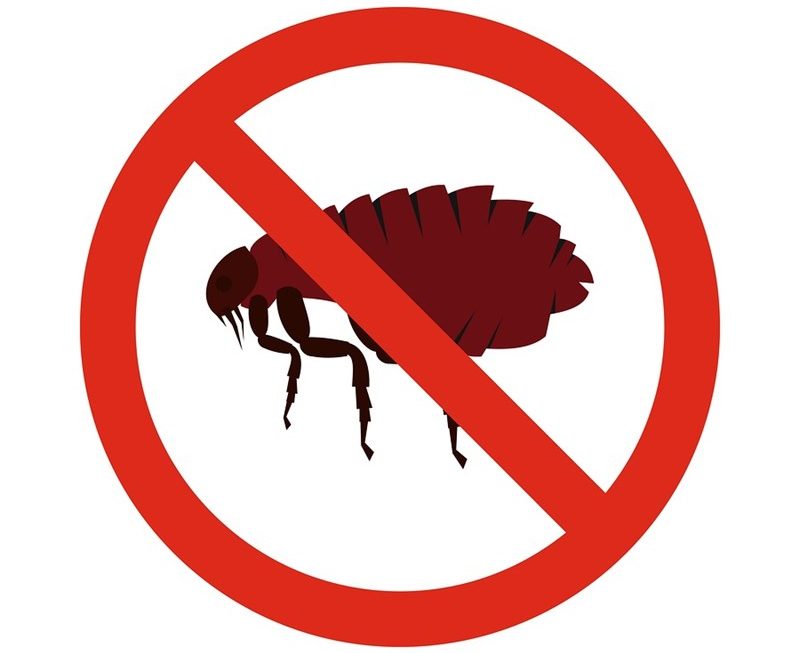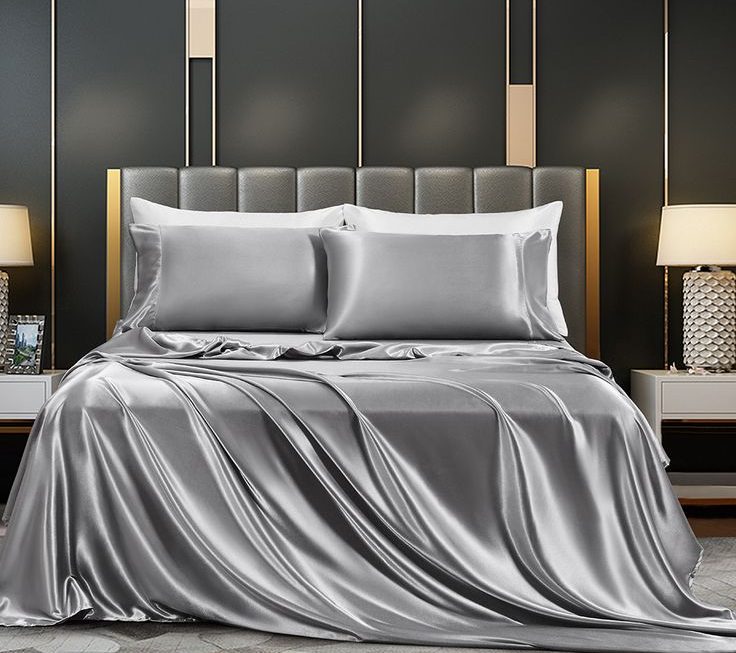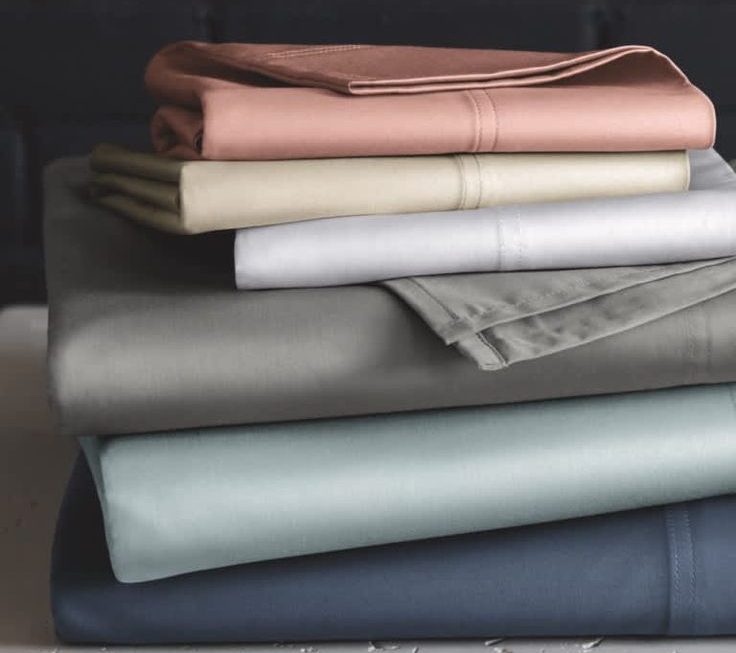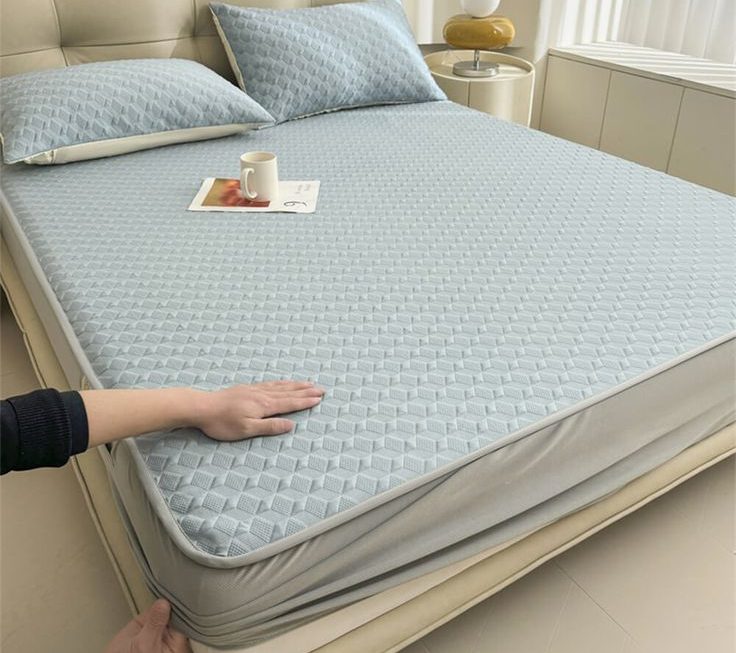Overview of Flea Habitats
Fleas are tiny insects that can make a home in various places. Warm and dark spots like carpets provide fleas with a good place to live. They are not just on pets – our homes can host them too.
Where Fleas Thrive in Your Home
Fleas love carpets due to the warmth and protection they offer. Beyond carpets, they seek out spaces such as bedding, cracks, and furniture. Darker, less disturbed areas are prime spots for fleas.
Fleas Without Pets?
Yes, even houses without pets can have fleas. They hitch rides on humans or come in from outside. Once inside, they find hiding spots and multiply.
What Draws Fleas Indoors?
Fleas enter homes for warmth, food, and shelter. Inside, they find many places to hide and breed. They prefer environments that are cozy and disturbed less often.
The Life Cycle of a Flea in Carpet
Understanding the flea life cycle is key to controlling these pests. The cycle includes four stages: eggs, larvae, pupae, and adults.
Flea Eggs
They start as eggs laid by adult fleas on a host, often a pet. These eggs fall off into the carpet.
Flea Larvae
After hatching, larvae emerge. They avoid light and feed on organic debris in the carpet.
Flea Pupae
Larvae spin cocoons to become pupae. They wait here until they sense a host nearby.
Adult Fleas
Once mature, adults emerge to find and feed on a host. This starts the cycle over again. To stop fleas, target all life stages. Clean and treat pets and carpets together. This breaks the cycle and keeps your home flea-free.

Identifying Signs of a Flea Infestation
Recognizing a flea infestation in your home is crucial to dealing with the problem effectively. Here are some telltale signs that suggest fleas have taken up residence in your carpet:
- Persistent Itching: If you or your family members are constantly itching, especially around the ankles, fleas might be the culprits.
- Flea Bites: Look for small red bumps on your skin. These bites often appear in clusters or lines.
- Flea Dirt: This looks like tiny black dots in carpet fibers. It’s actually flea feces and indicates active fleas.
- Sightings of Fleas: You might spot fleas jumping in your carpet, as they can jump several inches high.
- Flea Eggs: These tiny white specks are tougher to see but may be visible in darker areas of the carpet.
- Pet Scratching: If you have pets, excessive scratching can signal a flea problem.
Early detection is key to preventing a full-blown flea infestation in your home. Should any of these signs appear, consider immediate action to eliminate fleas and protect your family and pets.

Natural Remedies for Flea Elimination
Dealing with fleas in your carpet can feel overwhelming. But, nature gives us many ways to fight back. Here are natural remedies to help you win against fleas in your carpet.
Use Diatomaceous Earth
Diatomaceous Earth (DE) is a powder made from fossilized algae. It’s safe for humans and pets but deadly for fleas. Spread the powder over your carpet. Let it sit for a day then vacuum. DE cuts through the fleas’ tough exterior, causing them to dehydrate and die.
Salt and Baking Soda
These common kitchen items can help kill fleas. Salt dries out the fleas and their eggs. Baking soda works similarly. Sprinkle them on your carpet, wait a day, then vacuum the area well. This method can reduce the flea population in your home.
Lemon Spray
Lemon contains natural chemicals that fleas dislike. Boil a lemon in water and let it steep overnight. Then, put the mixture in a spray bottle. Spritz it across your carpet. The lemon’s scent will repel the fleas.
Essential Oils
Fleas hate certain smells. Oils like lavender, peppermint, and eucalyptus can drive them away. Mix a few drops with water. Spray it on the carpet. The scent creates a no-go zone for fleas.
Vinegar Solution
Vinegar is another natural flea repellent. Mix equal parts water and vinegar. Spray the solution on your carpet. The smell and acidity keep fleas at bay.
Remember, these remedies may help reduce flea populations. But they might not get rid of all fleas. Sometimes, you need stronger measures. Consider combining these natural solutions with more intensive treatments when needed.

Effective Vacuuming Tactics Against Fleas
When battling against a flea infestation, your vacuum cleaner is one of your best weapons. Here are some effective vacuuming tactics to help rid your carpets of fleas:
Regular, Thorough Vacuuming
Vacuum your carpets at least once a week. Pay special attention to where your pets sleep, and dark corners. Frequent vacuuming picks up fleas, their eggs, and larvae.
Use High Suction Power
Choose a vacuum with strong suction. This ensures you remove as many fleas as possible. Stronger vacuums can also remove flea dirt and eggs.
Focus on Edges and Upholstery
Don’t ignore the edges where your carpet meets the wall. Also, vacuum sofas and other upholstered furniture where fleas may hide.
Dispose of Vacuum Bags Carefully
After vacuuming, seal the vacuum bag in a plastic bag. Then, dispose of it outside. This stops fleas from escaping back into your home.
Steam Cleaning
Consider a steam cleaner for carpets and furniture. The heat kills fleas at each stage of their lifecycle. Steam cleaning can be an effective complement to vacuuming.
By implementing these tactics, you create a hostile environment for fleas. It disrupts their lifecycle, helping to keep your home flea-free.
Chemical Treatments to Combat Fleas
When natural remedies and vacuuming aren’t enough, turning to chemical treatments is a proven method to fight fleas in carpets. Here are some effective chemical strategies for tackling these unwanted guests:
Flea Sprays for Carpets
Flea sprays are widely available and can be a straightforward solution. They target fleas at various lifecycle stages. Spray them on your carpet, following the instructions carefully.
Insect Growth Regulators (IGRs)
IGRs prevent flea larvae from maturing into breeding adults. Apply these products to your carpet. They can help stop the infestation from spreading.
Flea Powders
These powders work by being sprinkled onto the carpet. They contain chemicals that kill fleas when they come into contact with them.
Topical Flea Treatments for Pets
Apply these treatments directly onto your pets. They not only kill any fleas on the animal but also prevent new ones from making your pet their home.
Flea Collars
Flea collars are worn by pets and release substances that repel or kill fleas. These can help reduce the risk of fleas jumping from pets to carpets.
Remember to follow all safety instructions when using chemical products. Keep them away from children and pets, and ensure good ventilation. If you’re unsure about any products, seek professional advice before using them in your home.

Professional Pest Control Solutions
Sometimes, despite your best efforts, the flea problem may persist. Professional pest control can offer more advanced solutions. Here’s what they provide:
Expert Assessment
Professional technicians will assess your home to identify flea hotspots and the severity of the infestation.
Tailored Treatments
Based on the assessment, experts use specific treatments that target fleas in all life stages.
Safe Insecticides
Professionals have access to safe, powerful insecticides not available to the general public.
Follow-up Services
Most companies include follow-up visits to ensure fleas are gone for good.
Guarantees and Warranties
Many professional services offer guarantees, adding peace of mind to the treatment.
Prevention Advice
Experts also provide tips on how to prevent future infestations and maintain a flea-free home.
Choose professional pest control when natural and chemical treatments don’t suffice. With their expertise, you can rest assured that the fleas will be thoroughly eradicated.

Prevention Strategies for Future Infestations
Preventing future flea infestations in your carpet involves proactive and consistent actions. Here are practical steps to keep these pests at bay:
Maintain Cleanliness
Regular cleaning reduces the chances of fleas surviving in your home. Vacuum carpets and wash pet bedding often.
Use Preventive Treatments on Pets
Treat pets with flea prevention products regularly. This includes oral tablets or topical applications recommended by a vet.
Monitor for Early Signs
Watch for early signs of fleas, like scratching pets or flea dirt in carpets. Catching an infestation early makes it easier to control.
Seal Entry Points
Fleas can come from outside. Seal cracks in doors and windows to minimize their entry into your home.
Natural Repellents
Use natural repellents like essential oils or diatomaceous earth. Apply these around your home to deter fleas.
Consult Professionals Regularly
Schedule yearly inspections with pest control experts. They can provide professional advice and services if needed.
By following these prevention strategies, you can reduce the risk of a flea infestation and maintain a flea-free home.



